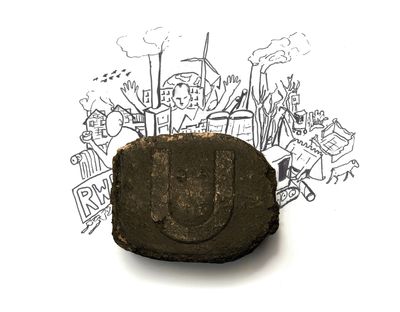Energy and HeatingUnder My Warm Blanket: What We Have Learned About a Just Energy TransitionFilippo Biasca-Caroni, Martin Kohlberger, and Isidor Gonzalez Escobar
How we heat our homes is not our free choice, but the result of specific social, economic and political conditions. This is expressed by the resource, which we can afford to heat with, how much is subsidised by the government, or promoted by the industry. In 1958 US companies began to flood the European heating market with low oil prices (Melsted 2018, p. 405). Next to coal this investment produced new dependencies on the new fuel and its producers. A similar dependency on big industry and on fossil supply can be found in today’s Rheinland. The multinational energy provider RWE is strongly interlinked with the regional fossil extraction and use. The village of Morschenich is a compelling case study of that phenomenon. It is located on top of coal reserves, close to the brown coal open-mining pit of Hambach. Residents who could cover their heating needs with a large solar roof of their own are not to be traced. In fact, you can still locate old coal and oil-fired heating systems that can be smelled throughout the settlement—all coming from the fossil supply of RWE. The company is selling coal as an energy source, and now is greenwashing its image by promising a change in the villages, which it just resettled for coal mining. However, the much-publicised transformation of the energy-system in these villages does not seem to involve all people to the same extent. We wonder, how a just energy transition could look like instead.
